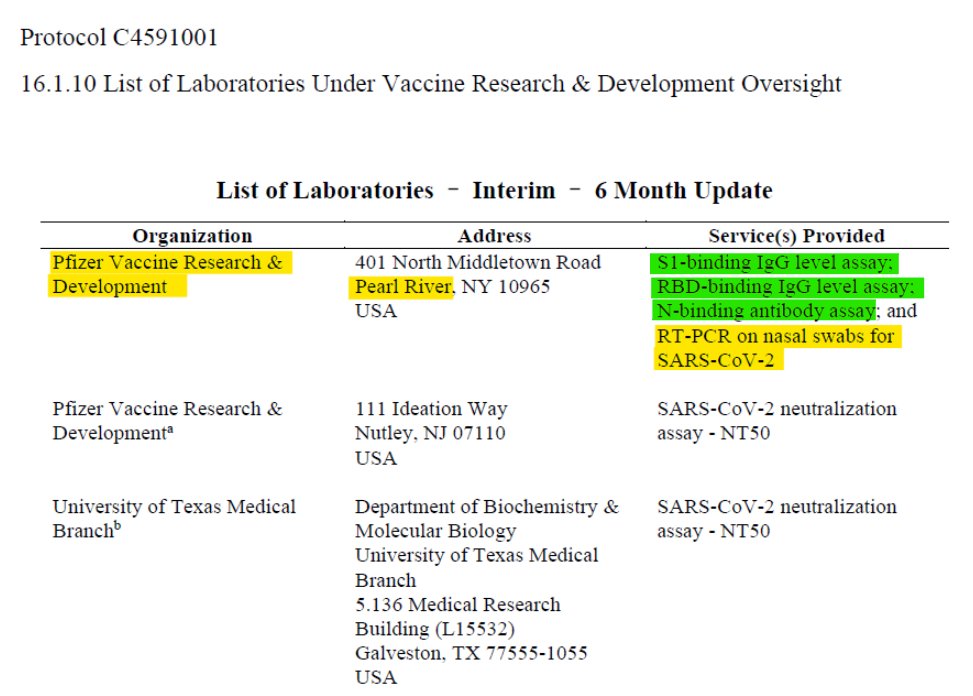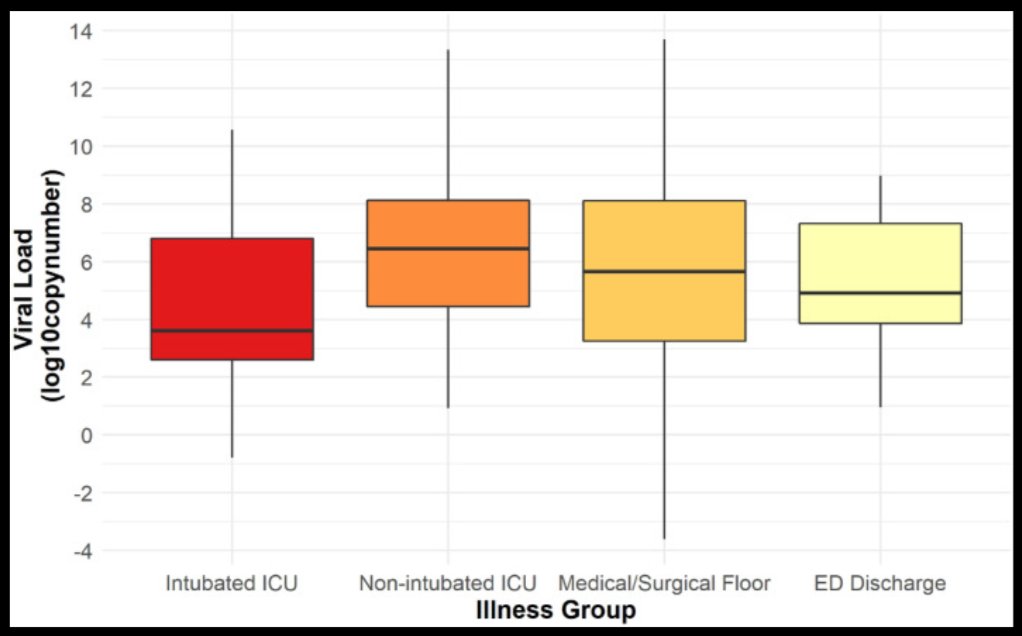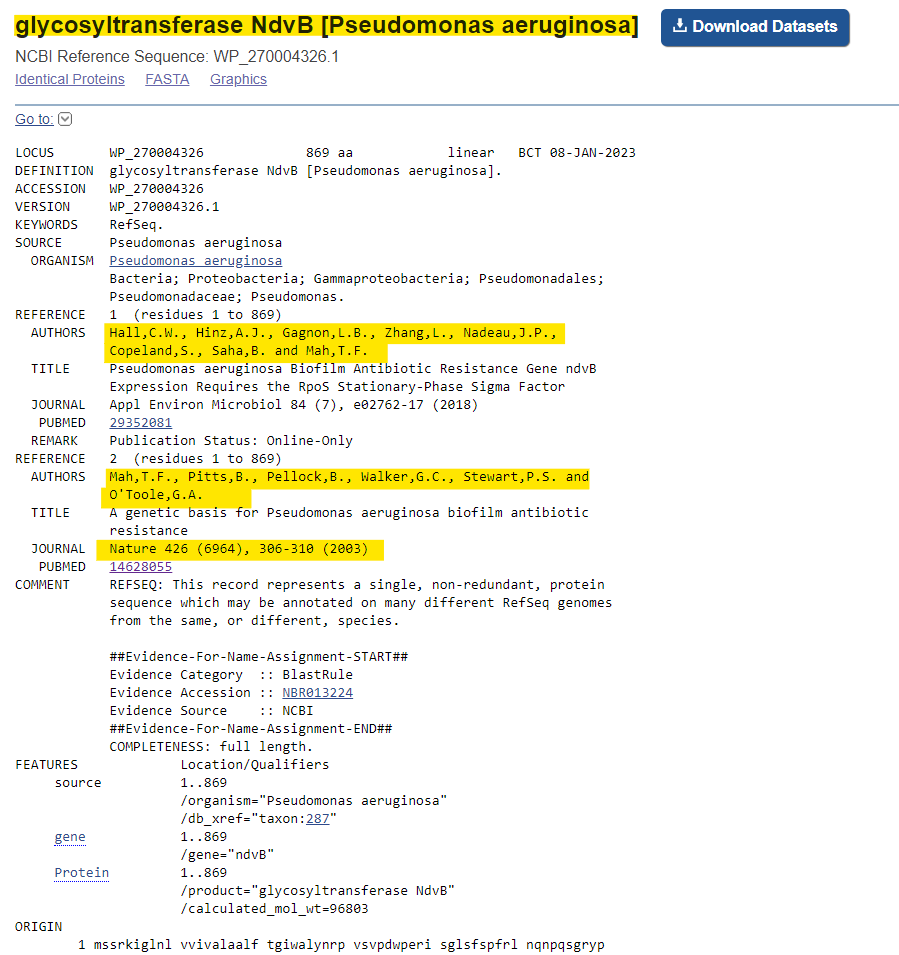
VINTAGE CHEESE 🧀🧀🧀
Once you realise that there is no biological reason for different codon optimisations to produce the exact same protein...
You realise that it allows the manufacturers to tag any person that has had their product.
#taggate #pfizertaggate
Once you realise that there is no biological reason for different codon optimisations to produce the exact same protein...
You realise that it allows the manufacturers to tag any person that has had their product.
#taggate #pfizertaggate
https://twitter.com/JikkyKjj/status/1472110381803847684
Don't believe me?
It's already published.
Except good luck finding it on pubmed.gov by the author name of Castruita... You have to put in Samaniego or remember the pubmed ID. I'm sure it's just a "formatting error" 😉
#taggate
pubmed.ncbi.nlm.nih.gov/36647776/
It's already published.
Except good luck finding it on pubmed.gov by the author name of Castruita... You have to put in Samaniego or remember the pubmed ID. I'm sure it's just a "formatting error" 😉
#taggate
pubmed.ncbi.nlm.nih.gov/36647776/

Bear in mind that that this was performed on RNA sequencing, not directed PCR. PCR is much more sensitive, you just need the right primers.
So as long as the genome sequence of each vaccine is known (which it is), you can detect it in serum - for weeks.
So as long as the genome sequence of each vaccine is known (which it is), you can detect it in serum - for weeks.
Which leads to a creepy consequence:
You're tagged.
As long as there is vaccine mRNA in your system (at least 2 months but could be longer) your tag can be identified by specific PCR which does not cross-react between Moderna, Pfizer and #SARSCoV2 virus
You're tagged.
As long as there is vaccine mRNA in your system (at least 2 months but could be longer) your tag can be identified by specific PCR which does not cross-react between Moderna, Pfizer and #SARSCoV2 virus

Which provides two scenarios (there might be more):
Firstly, these companies can identify whether you are "using" their product. Think it was free? Well, only as long as they decide it's free and as long as they can't detect it....
But you can trust these companies, right?
Firstly, these companies can identify whether you are "using" their product. Think it was free? Well, only as long as they decide it's free and as long as they can't detect it....
But you can trust these companies, right?
Remember Monsanto went to extreme lengths to bankrupt and destroy farmers by genomic testing of crops that were on land farmed by farmers that refused to use their products.
But once they identified the genomic tag, they claimed ownership
But once they identified the genomic tag, they claimed ownership
https://twitter.com/JikkyKjj/status/1482594585457336320
Sure, it's theoretical to apply this to humans but there seems to be a lot of "theories" that are being played out.
Secondly, there is an equally sinister problem...
Remember this?
Secondly, there is an equally sinister problem...
Remember this?
https://twitter.com/Jikkyleaks/status/1613114836086591489
Well - imagine that you had control of ALL the PCR samples in a study where the only outcome that was better was the PCR result...
And you just needed to know which samples came from each group in order to "process" them in a specific way
arkmedic.substack.com/p/dont-be-arrs…

And you just needed to know which samples came from each group in order to "process" them in a specific way
arkmedic.substack.com/p/dont-be-arrs…


But if you unblinded the sample IDs (to see who got vaccine vs placebo) that unblinding would be recorded in the clinical trials database and everyone would know..
So maybe you just needed a different method to find out which sample ID belonged to each group...
So maybe you just needed a different method to find out which sample ID belonged to each group...
And then you could perhaps put the samples on different machines or run them at different PCR Ct thresholds.
And if you ran samples at very low Ct thresholds you would only pick up a handful of cases..
And if you ran samples at very low Ct thresholds you would only pick up a handful of cases..
Whilst the other group would be collecting cases at the expected rate. In fact, if you *could* do this your chart might look something like this epitome of scientific perfection: 

Well, obviously they couldn't do this because there was no way that the same lab that analysed the PCR tests was the same lab that had the serology samples from the participants - because the @NEJM and IRB would have identified that as a red flag wouldn't they?
Ahem...
Ahem...

So we have the company that made the product, testing the product and testing the effect of the product with no oversight and a defined pathway to change the likelihood that a result would be positive in their treated group.
Lucky they are super honest though, right?
#taggate
Lucky they are super honest though, right?
#taggate

And not only do Pfizer still hold the record for a criminal fine for healthcare fraud, but - in what could be CNN's only ever true news report - they got a friend to take the rap.
No, I'm not kidding.
archive.is/RNsBO
No, I'm not kidding.
archive.is/RNsBO
#taggate #pfizertaggate
@IamBrookJackson @jjcouey @Kevin_McKernan @wtyl_live @canceledmouse @BanounHelene @tatiann69922625 @Daoyu15 @AdhesionsOrg @boriquagato @Maples46014332 @chrismartenson
@threadreaderapp unroll
@IamBrookJackson @jjcouey @Kevin_McKernan @wtyl_live @canceledmouse @BanounHelene @tatiann69922625 @Daoyu15 @AdhesionsOrg @boriquagato @Maples46014332 @chrismartenson
@threadreaderapp unroll
• • •
Missing some Tweet in this thread? You can try to
force a refresh






















